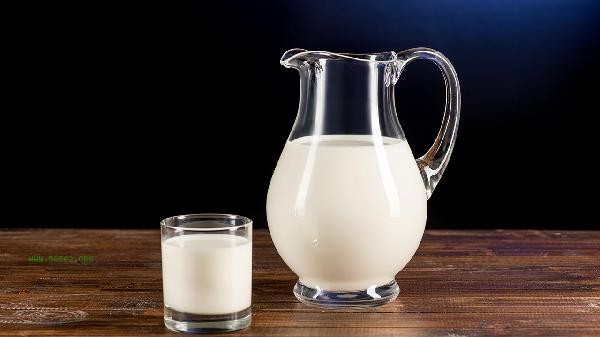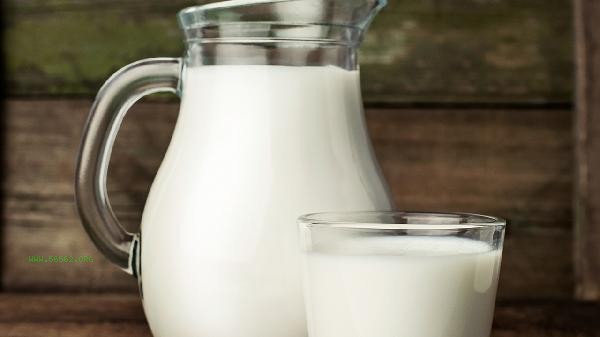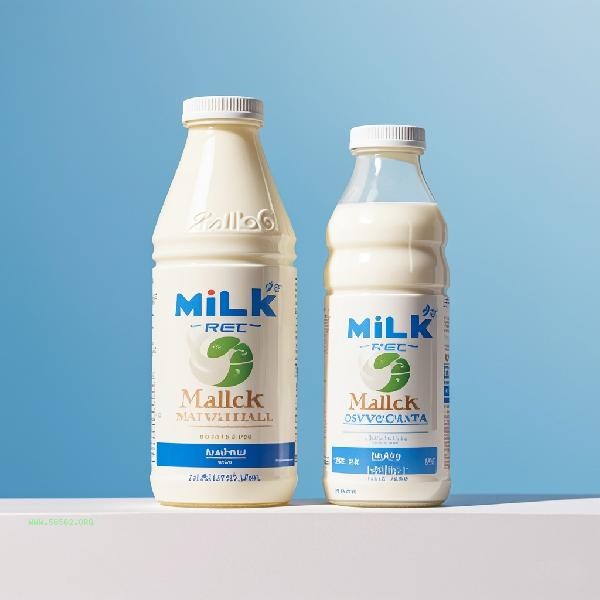Most of the pure milk sold on the market is a legitimate product that meets national standards, but attention should be paid to identifying adulteration or non-standard labeling. The authenticity of pure milk is mainly related to factors such as milk source quality, production technology, packaging labeling, market supervision, and brand reputation.

1. Quality of Milk Sources
Regular dairy companies use large-scale pasture milk sources to ensure freshness through cold chain transportation. High quality milk sources have stable protein content, balanced fat ratio, and no antibiotic residue. Some adulterated milk may be mixed with reconstituted milk or plant protein, which needs to be identified through the product ingredient list.
2. Production process
Pasteurized milk and ultra-high temperature sterilized milk are the two main processing methods for pure milk. Legitimate enterprises will strictly implement sterilization temperature and time parameters to ensure nutrient retention and safety. Poor quality products may result in nutrient loss or microbial contamination due to substandard craftsmanship.
3. Packaging Identification
Genuine pure milk packaging will clearly indicate the product type, ingredient list, nutritional content list, and production license number. Be cautious of products labeled as "milk containing beverages" or containing milk powder or additives in their ingredients, as they do not fall under the category of pure milk.

4. Market Supervision
The State administration for Market Regulation regularly conducts spot checks on the quality of dairy products, and regular supermarkets will inspect the inspection reports when purchasing. Consumers can check inspection information by scanning the product traceability code to avoid purchasing bulk or expired products without a clear source.
5. Brand reputation
Choosing products from well-known dairy companies with a full industry chain is more guaranteed, as these companies usually have their own farms and advanced testing equipment. The "counterfeit milk" produced by small workshops may have hygiene hazards and is not recommended for purchase.

It is recommended that consumers purchase pure milk through legitimate channels and prioritize products labeled as "raw milk" as the only ingredient. When purchasing, pay attention to checking the integrity of the packaging, production date, and storage conditions. After opening, it should be refrigerated and consumed within the shelf life. People with lactose intolerance can choose low lactose milk, and children and the elderly can heat it appropriately before drinking. Milk can be paired with grains and nuts in daily diet to improve the absorption and utilization of calcium and protein.








Comments (0)
Leave a Comment
No comments yet
Be the first to share your thoughts!